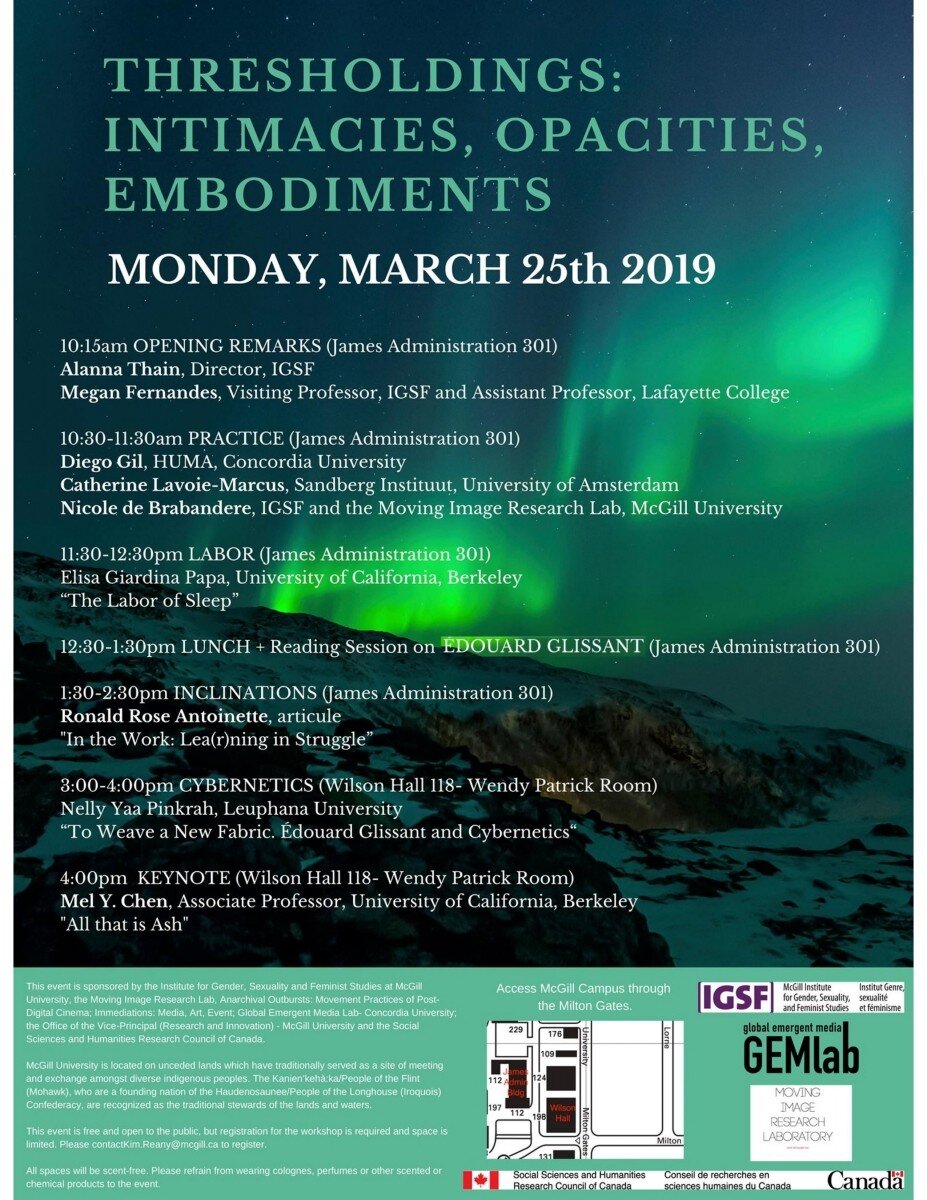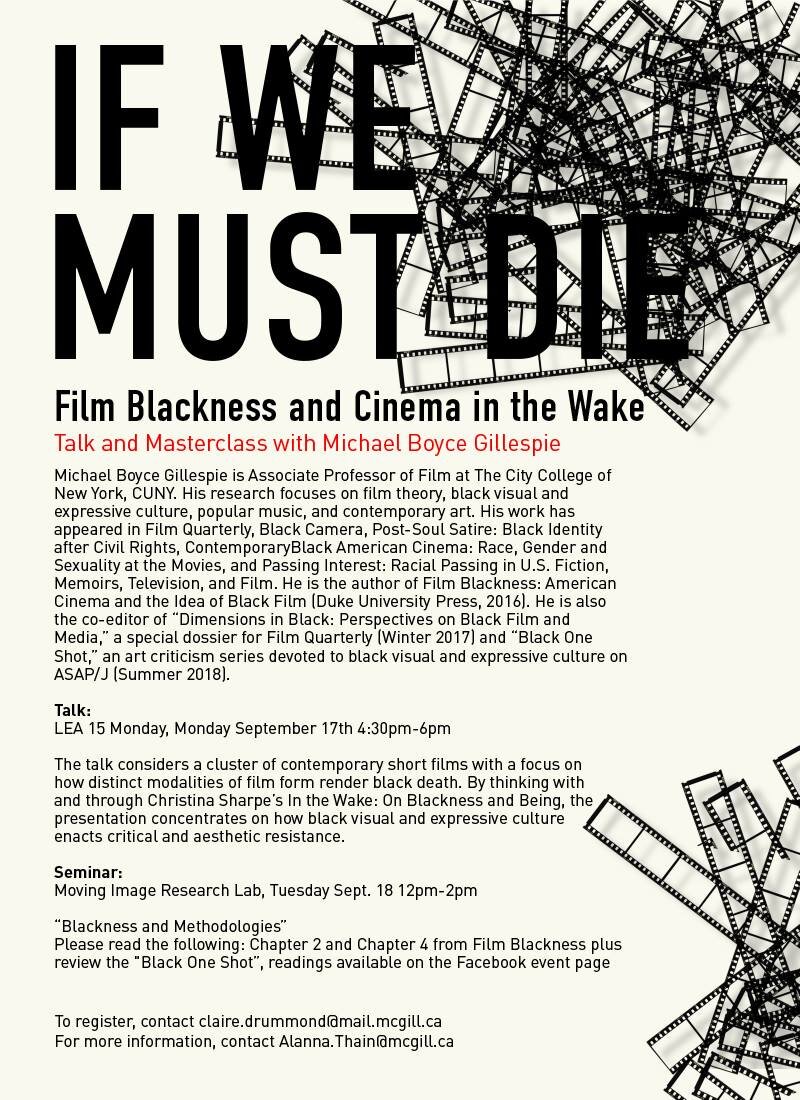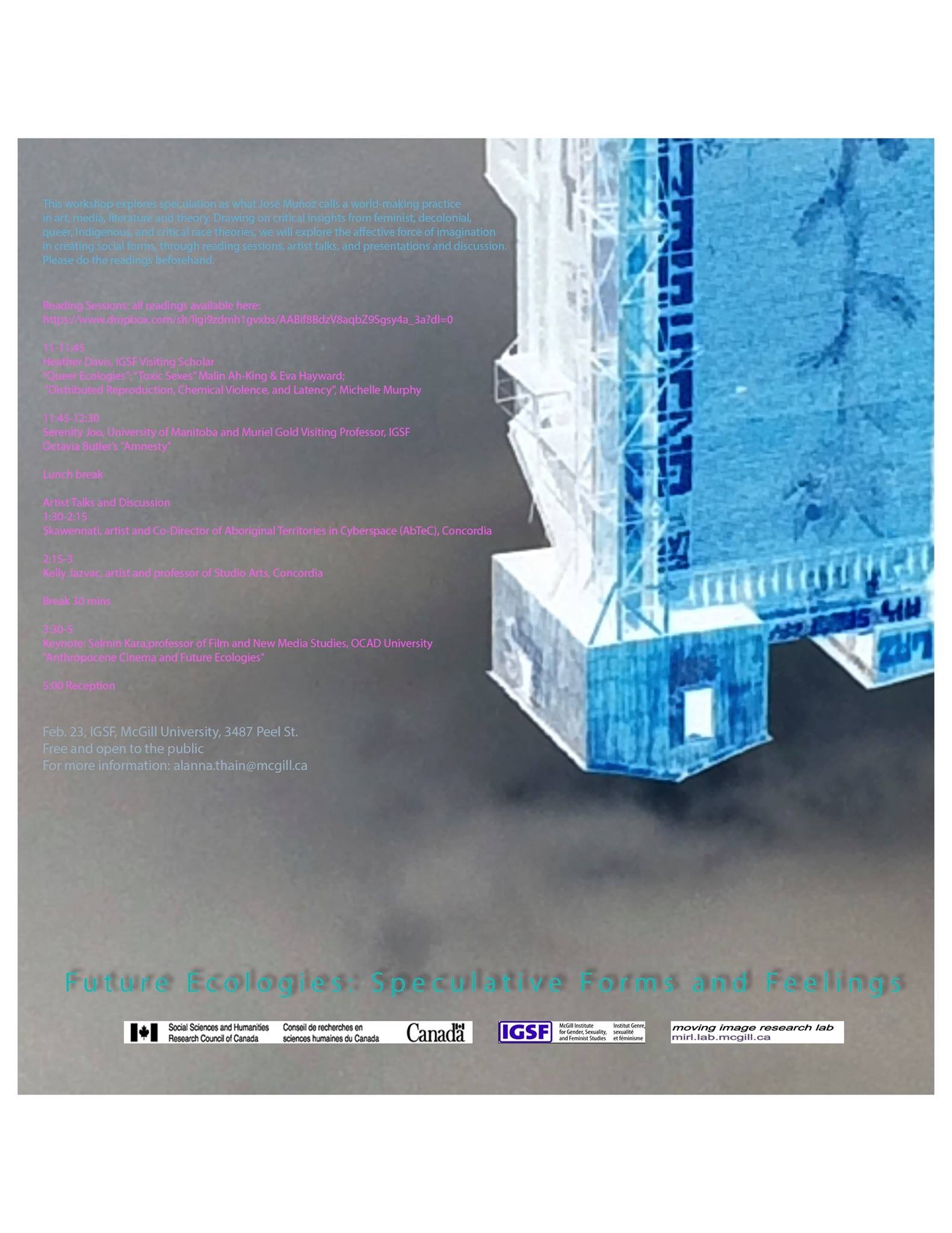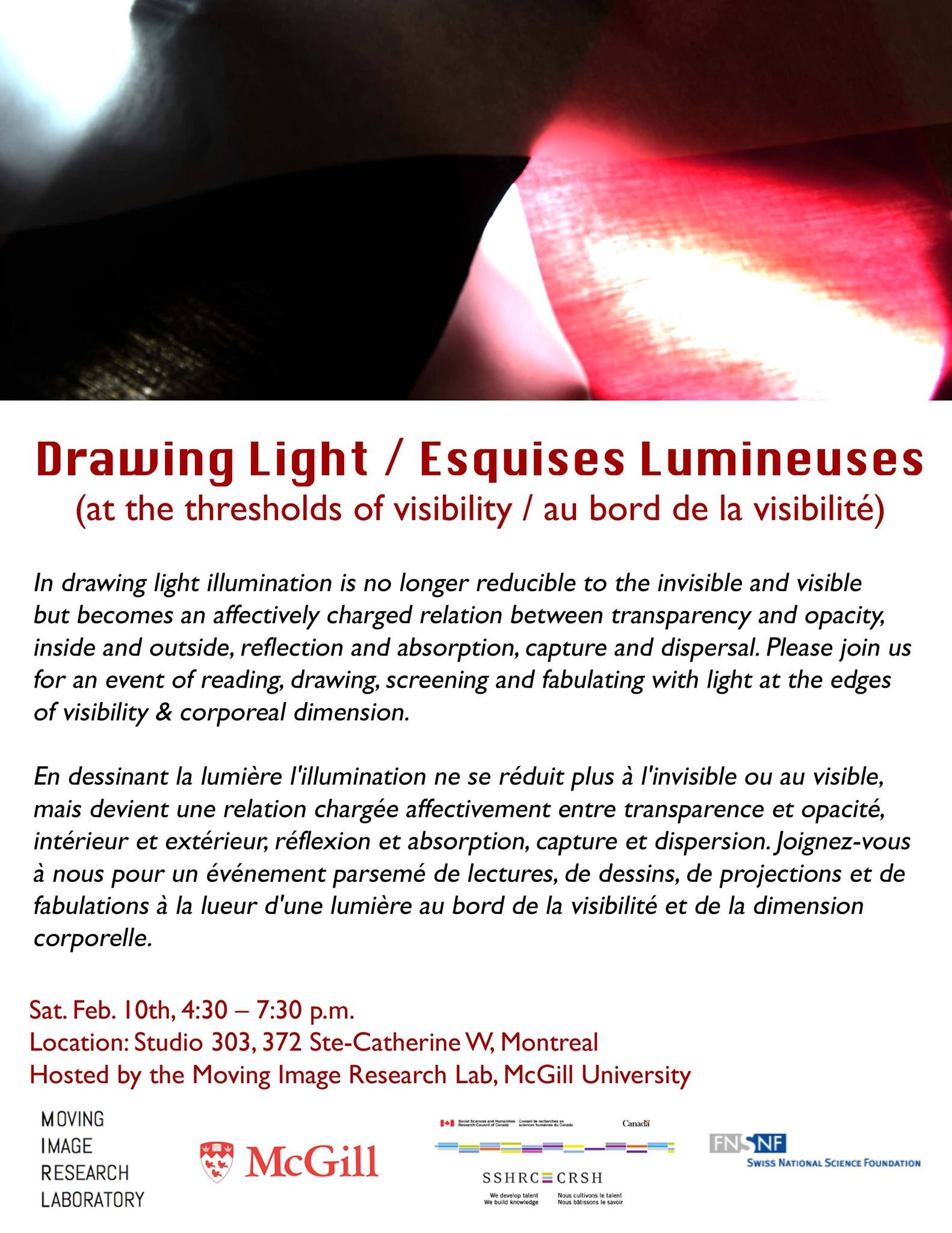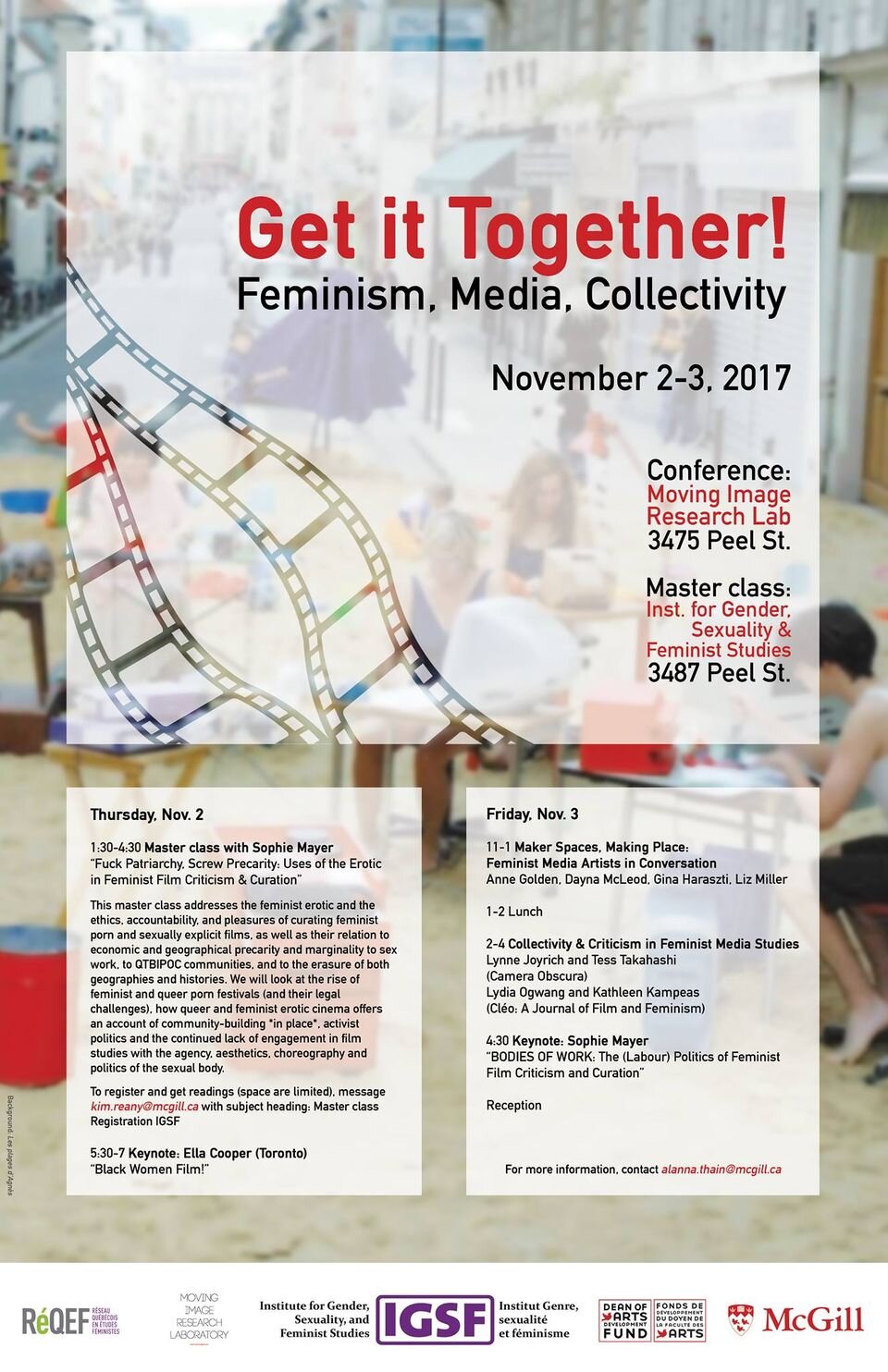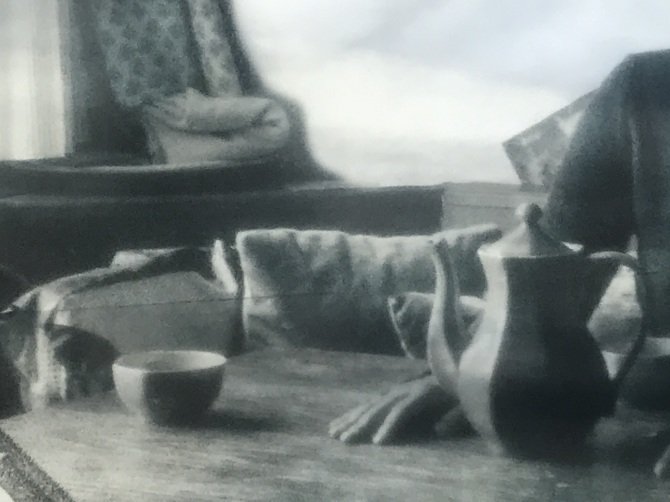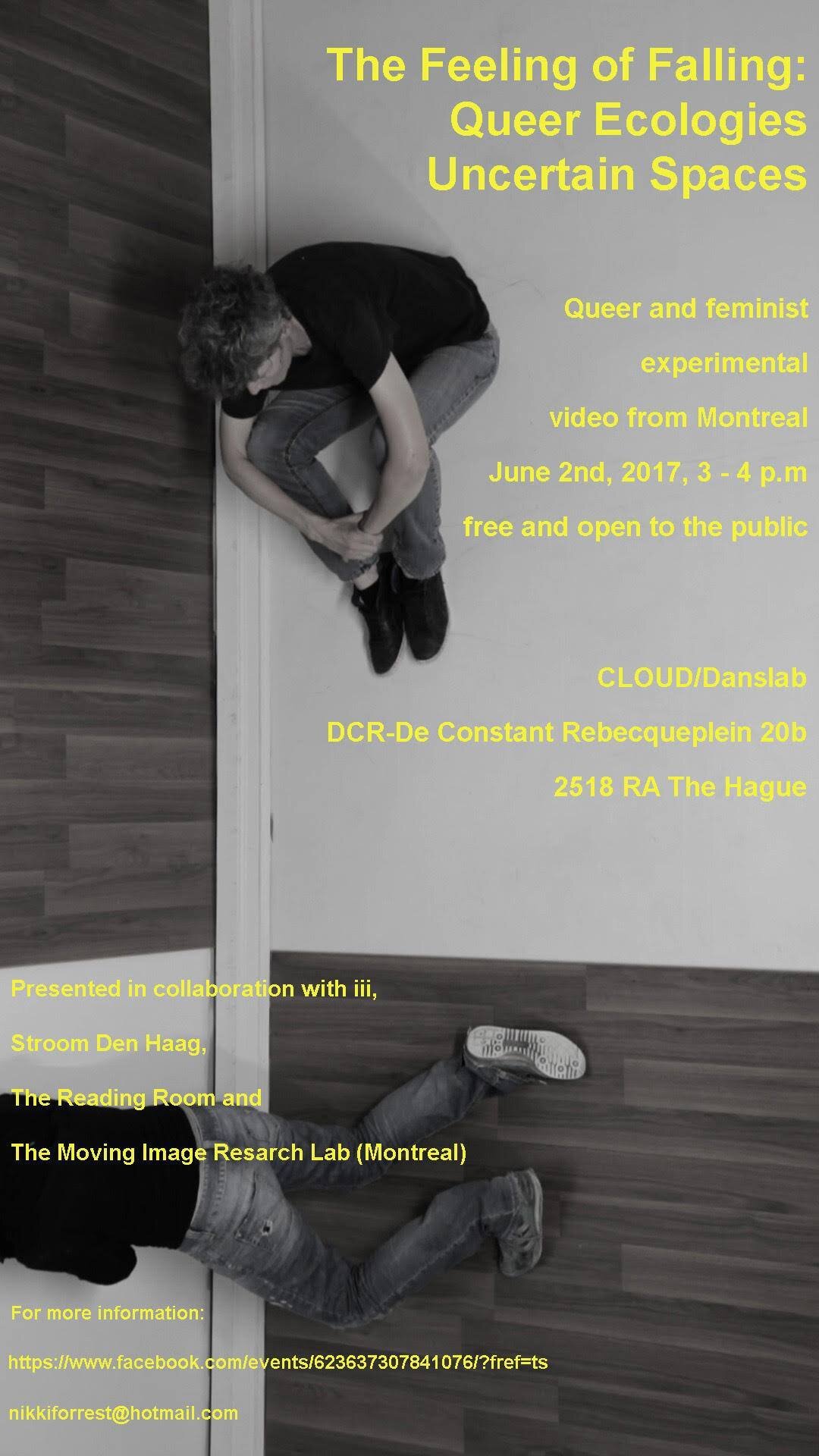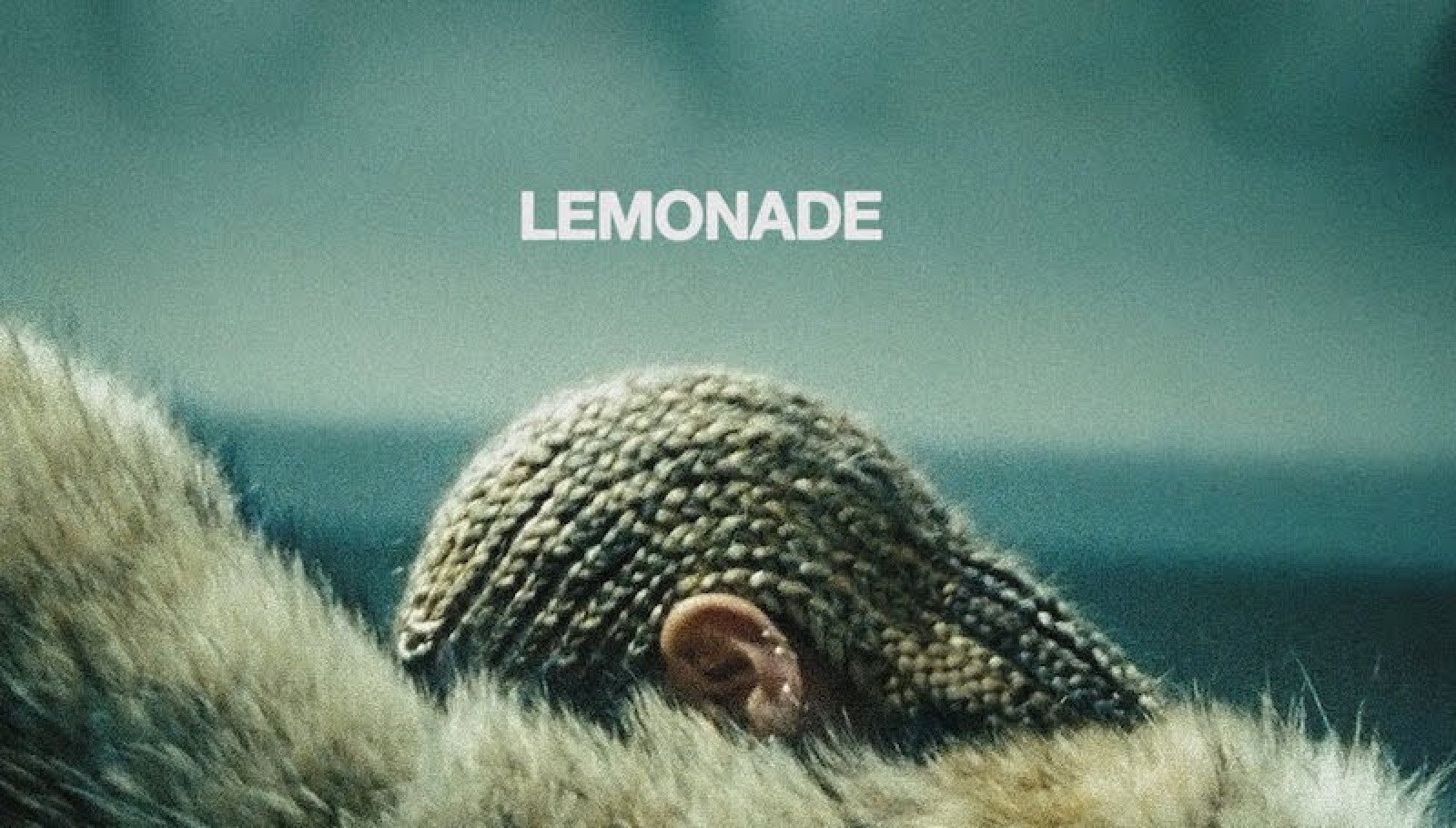Anarchival outbursts
Cinema today is on the move. This project traces dance's transversal movements between stage and screen media ecologies in a post-digital expanded cinema, exploring both mainstream and experimental works. By post-digital, I mean cinema since the digital turn (around 1993); by expanded cinema, I update this term from the 1960s to show how a newly mobile "cinema" today moves beyond public and home theatres to find innovative ways of staging audiovisual images. Specifically, this project defines new articulations of body and technology in cinema in the wake of the digital turn, as live dance performance engages increasingly with audio-visual media technologies. If the "digital turn" has generally referred to the mainstreaming of digital effects, and the revolution afforded by digital cameras and non-linear postproduction technology, we must also consider how a new mobility of cinema has emerged through new platforms of presentation and dissemination outside of the box of the traditional theatre. This mobility is found in the material practices of post-digital cinema (through experimentation with new forms of installation and screening), in the content and form of cinema works themselves, and has produced new experiences of cinematic spectatorship and embodiment. One of the best resources we have for understanding the effects of this new mobility is to think contemporary cinema through its relation to another art of movement: dance.
"Anarchival Outbursts: Dance and the Practices of Post-Digital Cinema" explores key examples of dance in post-digital cinema to ask: what are the productive tensions and anxieties around bodily experience in the age of post-digital cinema that can only be addressed by recourse to dance? Across cinema, dance is newly popular at many levels of production. Screendance has become its own genre, complete with an established festival circuit; this emerging genre experiments with the specificity of how bodies move across cinema. Many feature filmmakers have turned their attention to dance films (eg. Grandieux's White Epilepsy, Maddin's Dracula: Pages from a Virgin's Diary, Wenders' Pina, Figgis' Cotelette, and Van Dormeal's collaboration with Michelle Anne de Mey Kiss and Cry/Nanodanse), exploring the potential for a new "expanded cinema" relative to what Chantal Pontbriand has termed "expanded dance". Other narrative filmmakers like Christopher Nolan and David Lynch have explicitly used dance as a means to explore the transition to digital cinema. Screendance has also served as a critical site of exploration of new modes of digital embodiment, through the synthespians of motion capture and digital composition (as with the experimental works of Thierry de Mey, Nicolas Briand, Philippe Bayleucq and others).
At the same time, contemporary dancemakers integrate cinematic elements into their performances (eg. Wayne McGregor's use of Edweard Muybridge, Crystal Pite's borrowed animated bodies from William Kentridge and Transformers, Dave St-Pierre's remixed "Bullet Time" from The Matrix). Located in an emerging but critically underdeveloped area of cinema studies, Anarchival Outbursts will assess the effects of how intermedial performance changes the conditions under which we answer such fundamental questions as the liveliness of the cinematic image, and the effects of cinema's transformations of live bodies. As dance filmmakers experiment with the possibilities for new creation (not simply recording, reproducing or representing) opened up by screen dance, their works stage the complicated question of how we live our own moving images. What new avenues of expanded perception and action do the affects and sensations engendered by these images make possible? What does dance do in post-digital cinema?


